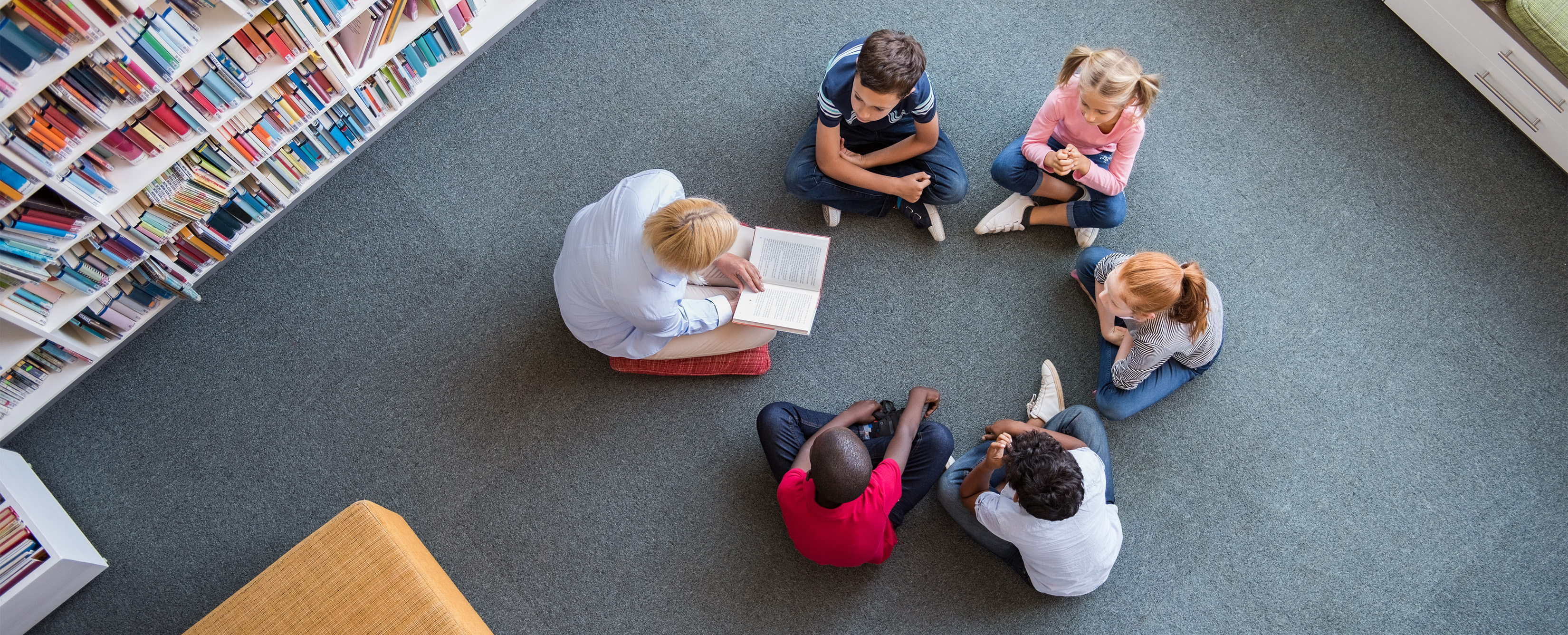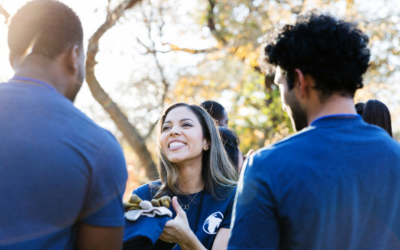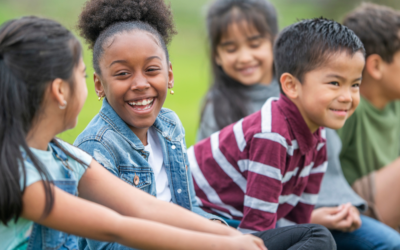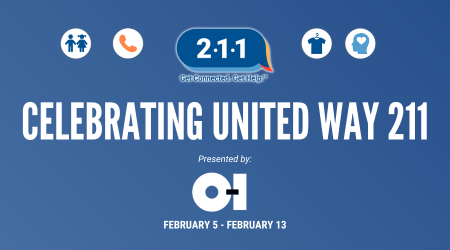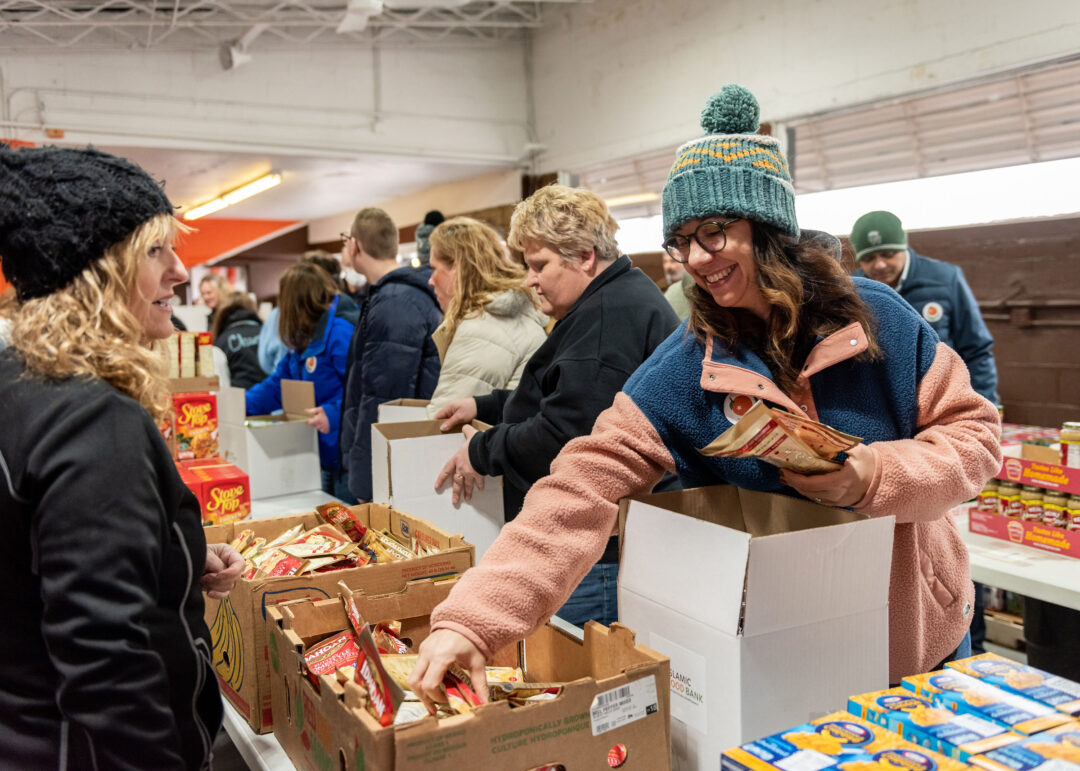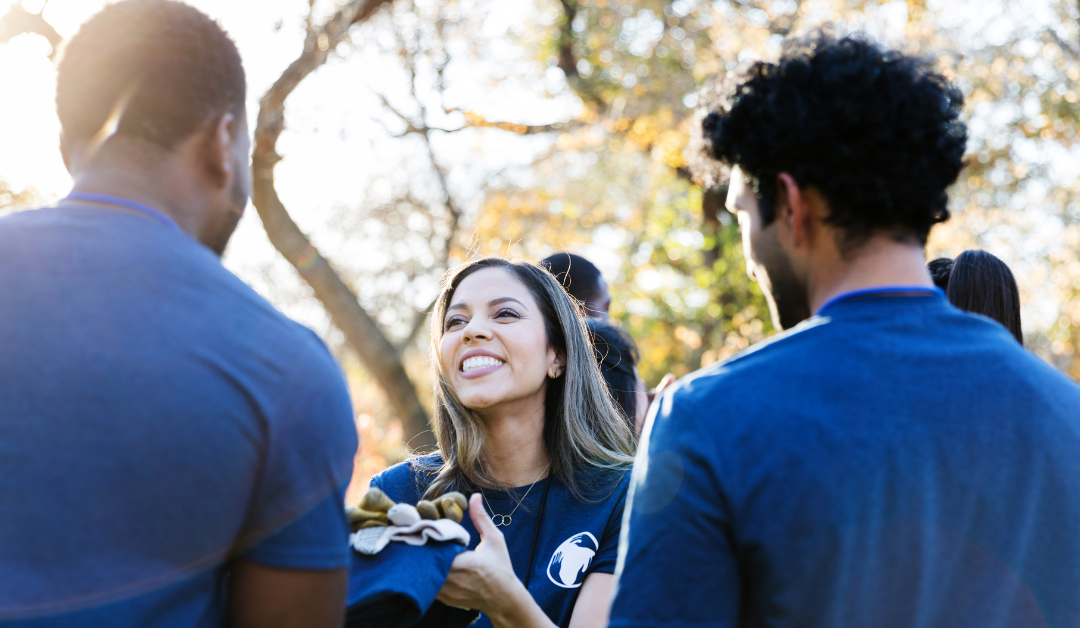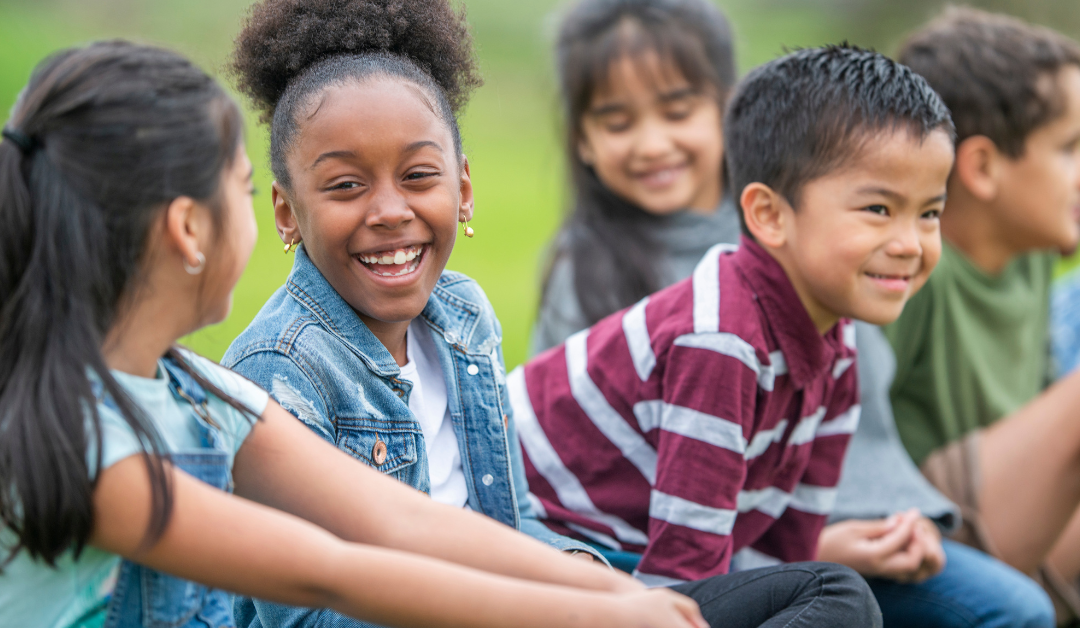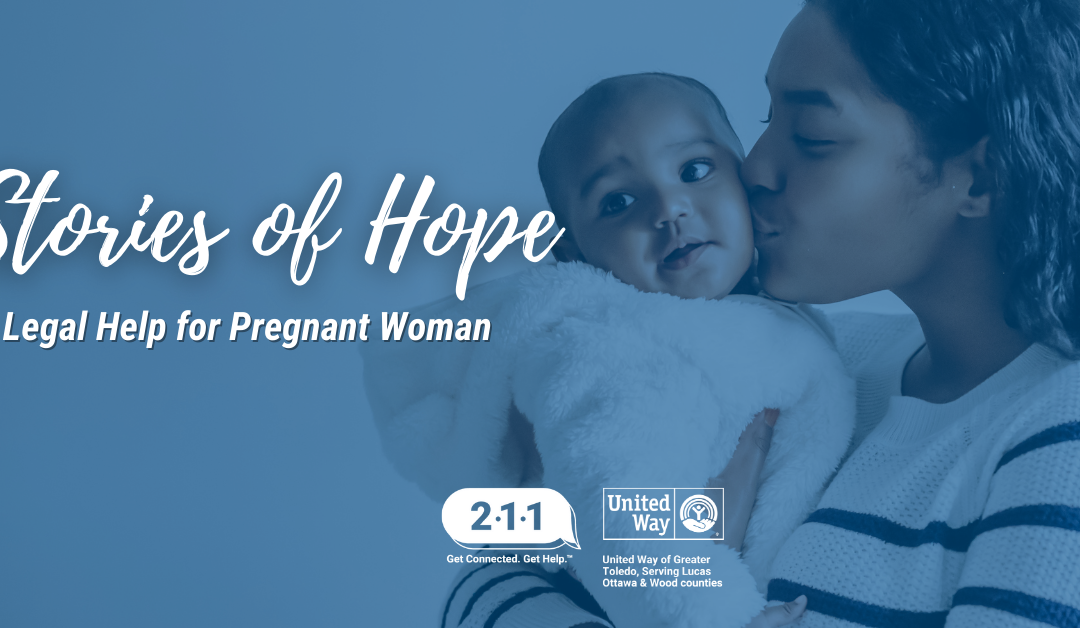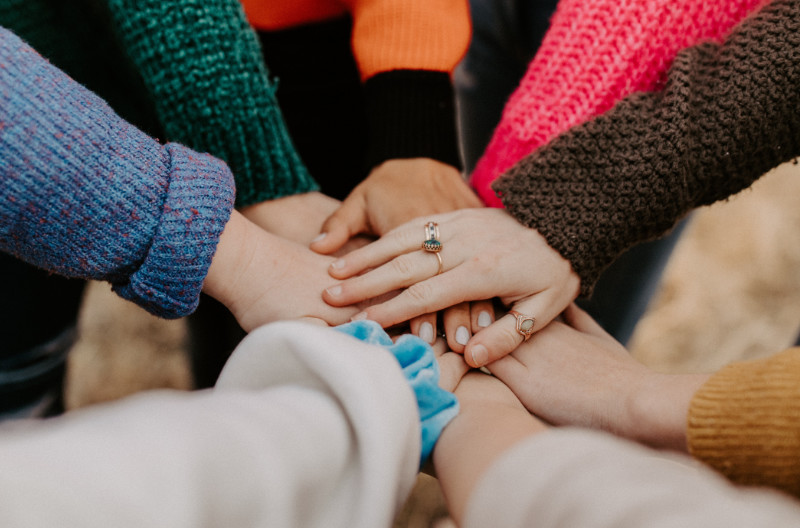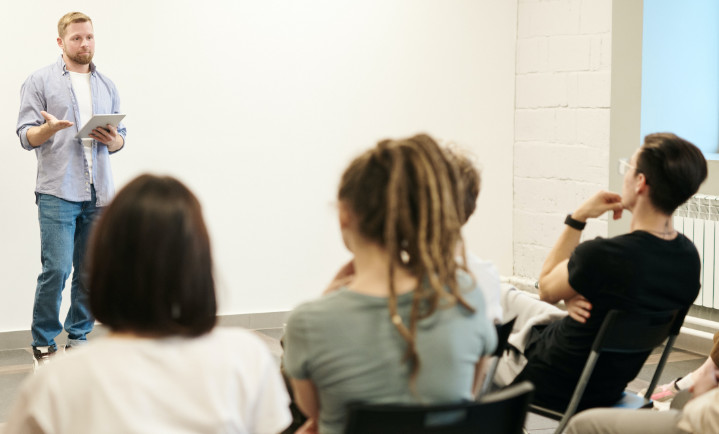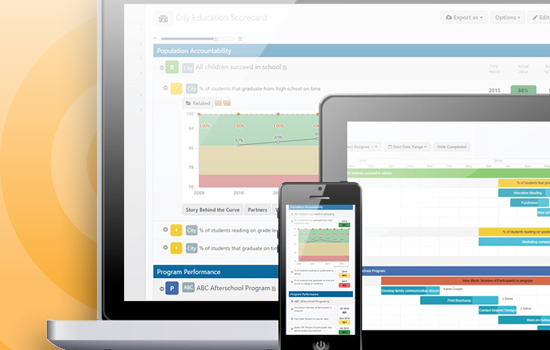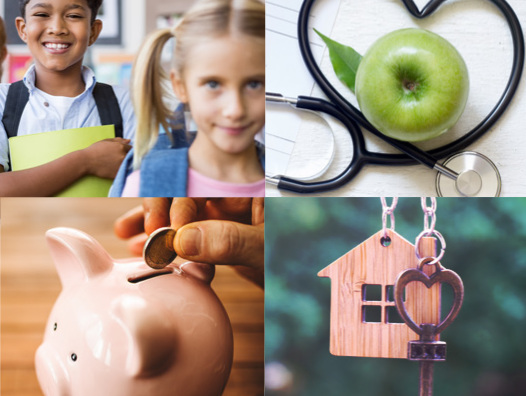Each year, when August rolls around, Mrs. Brown begins getting ready for another school year with her third graders–refining lessons, planning activities and setting up her classroom environment. Yet, as a veteran teacher, she knows there are always things one can’t quite prepare for. That’s because each year, Mrs. Brown starts over with a new class of kids, complete with an entirely new set of little personalities who each bring their own backstory.
It isn’t just reading, writing and arithmetic… it’s never been just that.
Every year, students come to school with intense issues brought from less-than-ideal home environments. It ranges from broken families with drug addicted parents, to older siblings who have run-ins with the law, to financial burdens with multiple consequences–including kids who come to school hungry and tired.
“These are issues no child should have to deal with,
but which are unfortunate realities of the everyday classroom.”
This year’s room of students was no different. It broke Mrs. Brown’s heart to recognize the struggles many of her student’s had to endure at such a young age. However, if her years of experience had taught her anything, it was that young minds could be very resilient and she had the power to make a positive difference in their lives.
What’s more, Mrs. Brown’s secret to guiding young minds’ future success didn’t lay in strict reprimanding of their sometimes challenging behaviors, instead it relied on a technique she learned through Social Emotional Learning Responsive Classroom training — creating a safe space for these kids to better take care of themselves.
During the first few weeks of school, Mrs. Brown put every ounce of effort she could muster into laying the foundation for a safe and trust-building classroom space. She always begins each year by setting up classroom rules together–a collaborative effort which helps kids feel more in control over classroom situations (a feeling many students were not used to having in their homes). Likewise, together they also start each day with the daily ritual of a Morning Meeting.
“Good morning class,” she began on day two of the new school year. “Today we are going to start off with a writing exercise.”
A smile grew on her face as she listened to the monotonous groans filling the classroom.
“You don’t even know what we are doing yet,” Mrs. Brown stated defensively, “I think a lot of you will really enjoy this.”
Slowly she wrote very neatly on the board:
What are your hopes and dreams?
Turning back towards her class she explained the prompt, “I want all of you to write about your own hopes and dreams. What do you want to be in the future? And, what are some steps you could take to get there?”
Mrs. Brown could see the students perk up with interest as they listened to the assignment. Considering their answers, she watch as they began furiously writing to get their thoughts on paper before time was up.
Stephanie, Kai, Jade…
As the students worked, she silently connected each new face with their name until she came to Jonah–at first glance, a tough boy, who’d acted out quite a bit in class on day one. She was curious, watching him intensely write while deep lines of concentration formed on his face.
Glancing over at the clock, she brought her hands together, “Aaaa-ann-dd TIME,” Mrs. Brown exclaimed.
“Now, who would like to share?” she asked.
Hands immediately shot up throughout the room.
“I want to be a baker so I can make cake all day for my little sister. She loves cake.” Jade chirped before anyone had time to raise their hand.
“I could use one of those cakes right now,” Stephanie chimed in as she rubbed her belly.
Both the girls giggled together. Mrs. Brown knew, beneath that giggle was a little girl who likely had very little to eat over the last 24-hours. She made a mental note and moved on without calling attention to it.
“What about you Jonah?” Mrs. Brown asked, looking over at the deep brown eyes of the student whose behavior had challenged her the day before.
“I want to be a doctor to help people who are sick, like my grandpa,” the boy responded.
Kai, who sat to the left of Jonah let out a gasp. “My grandpa is sick too,” he said looking over at Jonah surprised. The two boys, who hadn’t known each other before this year, smiled shyly at one another.
One-by-one each student continued, taking turns talking about their future selves. And, one-by-one, Mrs. Browned watched as friendships began to form, smiles emerged and students causally connected to each other’s dreams. It was conversations like these that would set the stage to create an environment rich for learning, and which provided Mrs. Brown with a deeper glimpse into the student’s unique stories and experiences.
Looking around the room she noticed a spark of excitement in nearly every child’s eye. A spark she was determined to maintain and grow.
This was the spark she knew would make a positive difference in guiding their young minds towards a future filled with promise.
*This blog post is based on a true story / success narrative from the Toledo Public School Social Emotional Learning Program. All identities of submitted success stories are anonymous for privacy and story details have been added in order to provide a better understanding of the individual’s successes and struggles.


